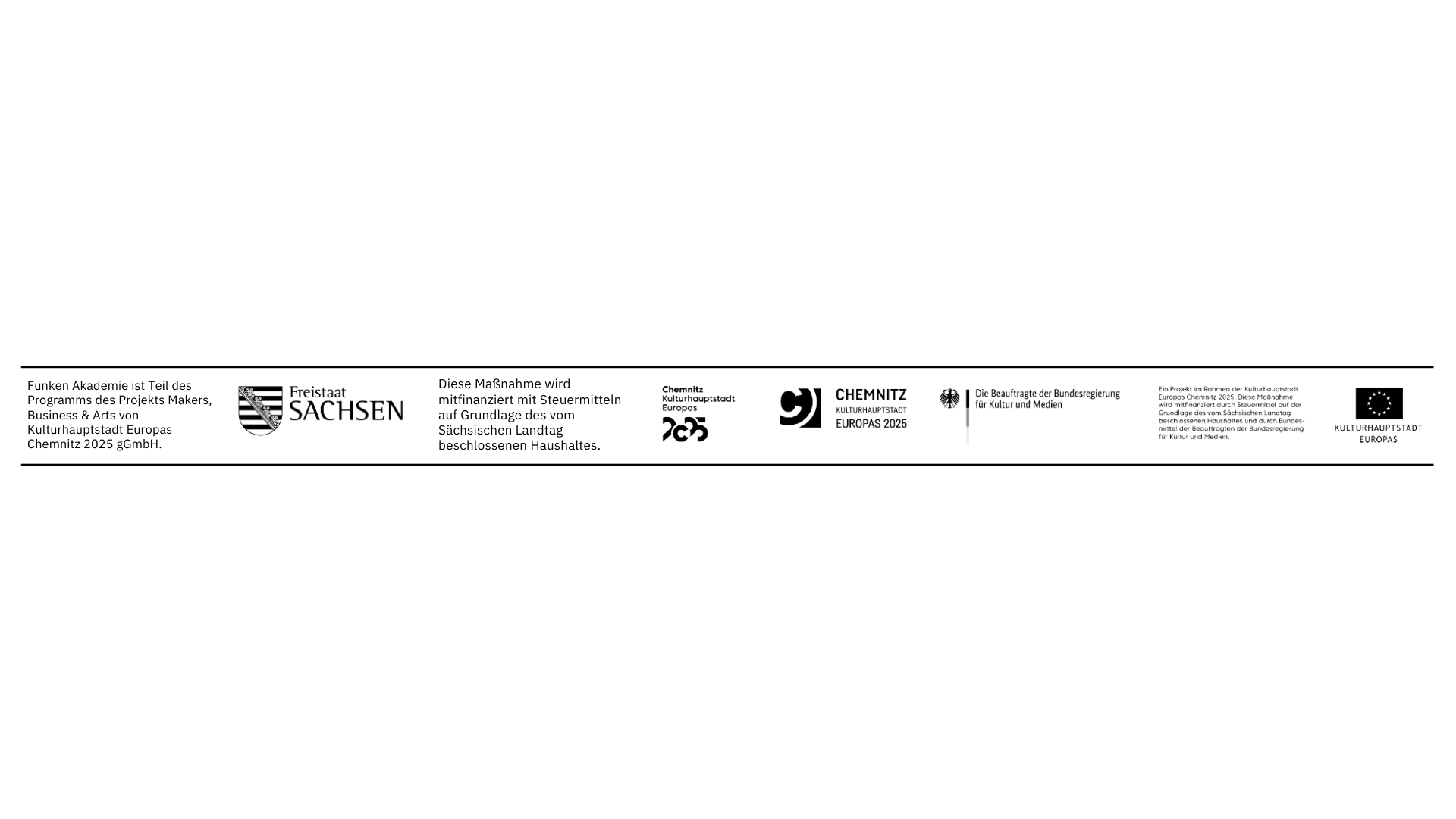Waves in the wood – the tree body as an audiovisual data network
The idea, the working process and the FUNKEN Kolleg “Atelier Polza X Project Miro”.
(c) Videography and editing by Marcel Seerig. Bachmann, Schmidt & Seerig GbR | TD Media
Participants
Project MIRO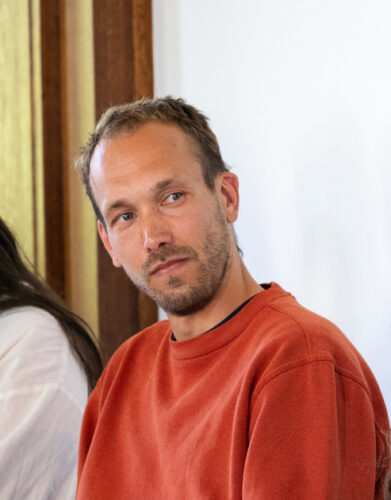
Simon Paasch
Simon Paasch is a geographer with a master’s degree in physical geography and specialises in remote sensing and biogeography. At the Helmholtz Centre for Environmental Research (UFZ) in the hydrology department, he works on the modelling of water availability and its relevance in the context of political and ecological issues.
(More about the MIRO project: www.obstbau-digital.de)

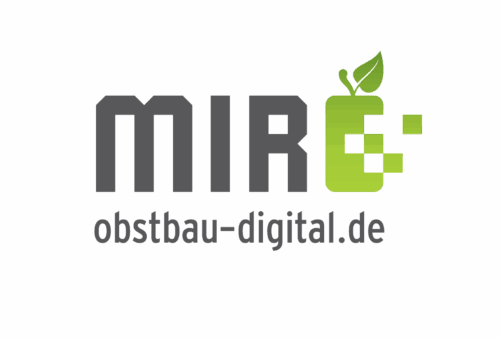
X
Atelier Polza
Emma Chapuy and Paul Schengber

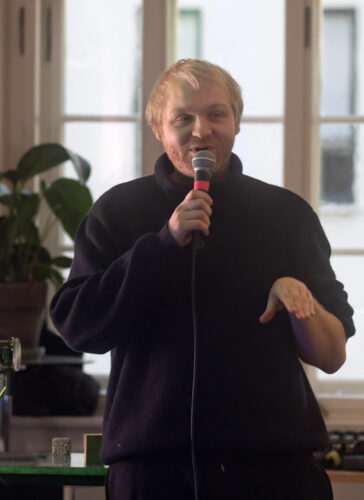
Emma Chapuy and Paul Schengber work together under the name Atelier Polza. They develop extensive audiovisual installations, 2D and 3D animations and web-based applications. They are constantly researching new creative coding tools and collaborate with artists and scientists on an interdisciplinary basis.
(More about Atelier Polza: www.polza.de)
.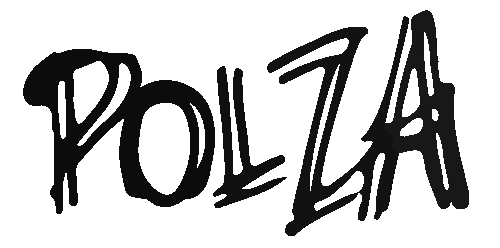
The result of artistic and technological collaboration – the web application
As part of the collaboration between the MIRO project and Atelier Polza, a web application was created that visualises the sap flow of apple trees and makes it comparable. In order to give the biological processes a tangible, spatial form, the trees were translated into detailed 3D models using photogrammetry. This allows the measurement data to be directly linked to the respective tree structure and visualised in digital space.
In addition to sap flow, environmental parameters such as precipitation, soil moisture and temperature are also integrated. This data is not only visually coded, but in some cases also translated into sounds or noises (sonified) in order to make complex relationships accessible.
The combination of real measured values and virtual visualisation opens up a new form of data perception that goes beyond traditional diagrams. The spatial and sensory presentation enables intuitive access to plant physiological processes – both for MIRO scientists and for an interested public.
Photographs: (c) Michele Scognamillo
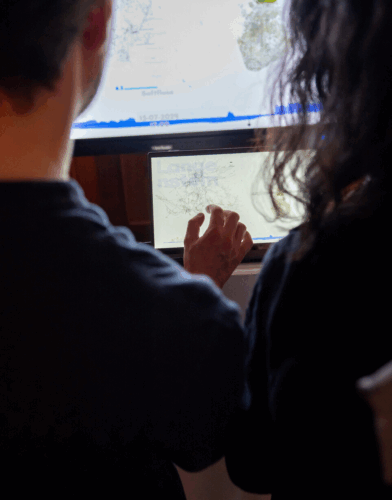
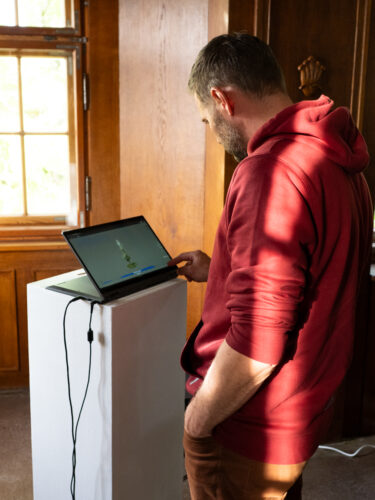


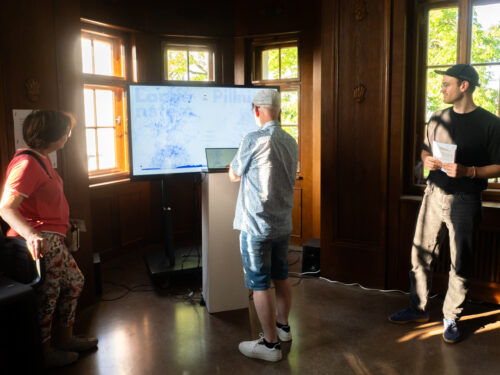
Backgrounds:
Atelier Polza and Simon Paasch recognised their shared interest in the topic of water early on in the project. The urgency of dealing with sustainability and climate change becomes particularly clear when looking at water balancing in fruit growing – a young and specialised field of research.
The optimisation of water supply is based on extensive data sets, which are usually presented in graphic models. These do not always appear accessible, comprehensible or aesthetically pleasing, even to a specialised audience.
This collaboration takes an alternative approach: data sets and parameters from water balancing and sustainable fruit growing are translated into audiovisual works of art. This creates visual-artistic narrative forms that make complex scientific content accessible to a wide audience.
We are looking forward to the response – especially when Simon Paasch feeds the artistic results back into the scientific community at the UFZ.
